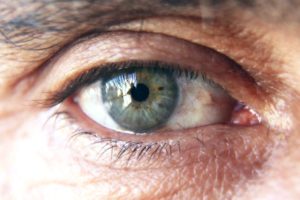How Surgical Implants Have Evolved Over Time
I have always marveled at how medical technologies got their start. Often, it is simply through someone’s observation of everyday events that are observed by some creative mind. Surgery is an area that has seen some remarkable technological advancements. Whether it’s Dr. John Cory with the Arizona Institute of Motion using 3-D printing technology for an orthopedic cast to hearing aids for hearing related issues, implants have undergone ongoing improvements throughout the years. An example of this type of creative mind was a British Ophthalmologist named Harold Ridley – an ophthalmologist working for the British Royal Air Force during World War 2.
During aerial dog-fights, some pilots were occasionally hit by splinters of their broken windshield and were being managed by Dr. Ridley for these eye injuries. Dr. Ridley observed that most of these injured pilots experienced no inflammatory reactions from any of this material that found its way into the pilot’s eye. The fighter plane windshields were made from a rugged plastic material called “Perspex” (Polmethyl Methacrylate or PMMA) He deduced from this observation that perhaps he could design a focusing lens from this same material and use it in the eye surgically to replace the cloudy lens of the cataract and thus alleviate the need for thick uncomfortable glasses after surgery.
Dr. Ridley followed through with this thought and designed some styles of intra-ocular lens implants and in 1949 surgically implanted them into patients after removal of their cataracts. These first implants failed miserably – not because of the PMMA material not being accepted, but only because of the instability of the early designs. Dr Ridley persisted in his concepts, and ultimately over the next few years had increasing success utilizing the same material but simply reconfiguring the shape of the implants to be more stable within the eye.
We are now approximately 65 years past these early designs. As a profession, eye implant surgeons have progressed light years ahead in technologies. The original PMMA material was utilized for all implants for a year afterward, and although in today’s world, we do have different more sophisticated materials (such as Hydrogels that are foldable), there are still some implants that continue to be made from this original PMMA material.
With the advances in materials, design, optics, and insertion technology, we now have extremely sophisticated implants that have the capabilities of bringing objects into focus for both distance and near. Implants are universally now accepted as the standard treatment for the management of cataracts, and all of this has been generated from this simple observation of Harold Ridley back in the 1940s.




